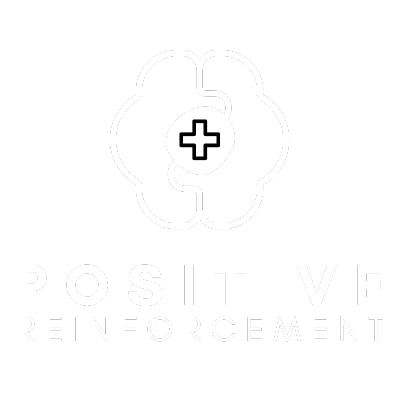Success with ABA Therapy Subsets
Success with ABA Therapy Subsets

Applied Behavior Analysis, or ABA, is an evidence-based therapy specifically developed to collect measurable evidence. The Centers for Disease Control identifies no less than five subsets of ABA that have proven to be effective in a measurable way and are commonly used as interventions for autism. These subsets include:
Discrete Trial Training/Teaching (DTT)
Closely associated with the ABC method of establishing the Antecedent, Behavior, and Consequence, Discrete Trial Training breaks behaviors down into individual and distinct components which can be taught explicitly. Desired behaviors are reinforced and undesired behaviors are ignored. ABC is used to help determine why a child is exhibiting undesired behaviors.
Some research suggests that a child may need as many as 600 hours of DTT to experience significant and lasting effects.
Verbal Behavior Intervention (VBI)
As its name suggests, VBI puts an emphasis on building verbal skills. It aims to teach a child to speak a specific word or words to achieve a particular purpose. It involves modeling and reducing distracting stimuli. When implemented early, VBI shows promising results.
Early Intensive Behavioral Intervention (EIBI)
This approach was specifically developed for children five years and under. The teaching takes places one-on-one, and the style is extra structured and straight-forward. A 2010 study out of New Zealand found fair evidence that EIBI is effective for children with autism as well as a range of children.
Early Start Denver Model (ESDM)
Another subset of ABA geared towards early intervention is the Early Start Denver Model. This form of therapy focuses on children between the ages of one and four. While structured, ESDM harnesses the power of play to guide children toward more neurotypical developmental patterns. Though some of the most positive pieces of research on ESDM have been small studies, these studies have shown the Early Start Denver Model outperforming other forms of therapy in terms of measurable outcomes.
Pivotal Response Treatment (PRT)
Finally, where EIBI and ESDM are tailored specifically for younger children and early intervention, Pivotal Response Treatment is for older children. Evidence shows it is effective at increasing motivation and leads to enduring improvement. Goals of PRT include teaching children how to initiate communication and how to monitor the effects of their own actions. Some studies show improvement in as little as three months of therapy.
As always, whatever subset or form of ABA therapy you may pursue for your child, you can be confident that it is backed by research and considered the “gold standard” intervention for children with autism.










